Mild Steel Dished Ends
Price 1000 INR/ Kilograms
Mild Steel Dished Ends Trade Information
- Minimum Order Quantity
- 100 Kilograms
- Main Domestic Market
- All India
About Mild Steel Dished Ends
Mild steel dished ends are commonly used components in pressure vessels, boilers, and storage tanks. These dished ends are the rounded or dome-shaped ends of cylindrical containers and are made from mild steel due to its good strength, formability, and cost-effectiveness. Dished ends help in distributing pressure evenly across the surface, which makes the vessel more resistant to internal pressure and stress.
Here are some important points about mild steel dished ends:
Material: Mild steel (carbon steel with a low carbon content) offers good weldability and durability, making it a popular choice for dished ends. It is relatively inexpensive and suitable for non-corrosive environments.
Types of Dished Ends:
Hemispherical Ends: These are the most common type, shaped like half of a sphere, providing excellent strength.
Torispherical Ends: Also known as flanged and dished ends, they have a flatter profile compared to hemispherical ends but are easier to manufacture.
Ellipsoidal Ends: These have an elliptical shape and offer a good balance between strength and ease of manufacturing.
Flat Ends: Although less common for pressure vessels, they are sometimes used for applications that don't require as much pressure resistance.
Manufacturing Process: Mild steel dished ends are typically formed through processes such as hot or cold pressing, where a steel plate is shaped into the desired curvature using hydraulic presses or spinning machines.
Applications:
Pressure Vessels: In industries like petrochemicals, chemicals, and power plants.
Storage Tanks: For liquids or gases, where pressure resistance is needed.
Boilers: To cap the cylindrical body and distribute pressure.
Heat Exchangers: As caps for ends of tubes in heat exchangers.
Standards and Specifications: The design and fabrication of dished ends often need to meet international standards like ASME (American Society of Mechanical Engineers) or other specific industry standards based on the application.
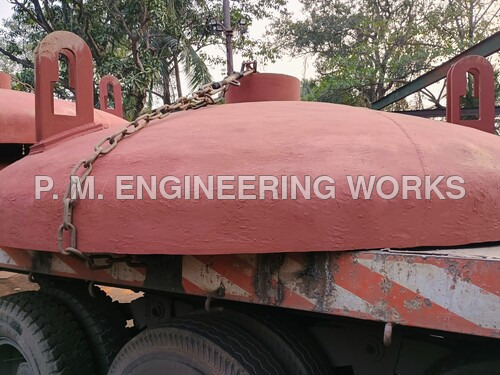

Price:
- 50
- 100
- 200
- 250
- 500
- 1000+
More Products in Dished Ends Category
Semi Elliptical Tank Head
Price 1000 INR / Piece
Minimum Order Quantity : 1 Piece
Usage : Industrial
Product Type : Semi Elliptical Tank Head
Color : Sliver
Shape : Round
Fabricated Dish End
Minimum Order Quantity : 1 Piece
Usage : Industrial
Product Type : Fabricated Dish End
Color : Sliver
Shape : Round
Petal Type Hemispherical Dish End
Price 1000 INR / Piece
Minimum Order Quantity : 1 Piece
Usage : Industrial
Product Type : Hemispherical Dish End
Color : Grey
Shape : Hemispherical
Ellipsoidal Dished End
Minimum Order Quantity : 1 Piece
Usage : Industrial
Product Type : Ellipsoidal Dished End
Color : Red
Shape : Round
 Send Inquiry
Send Inquiry
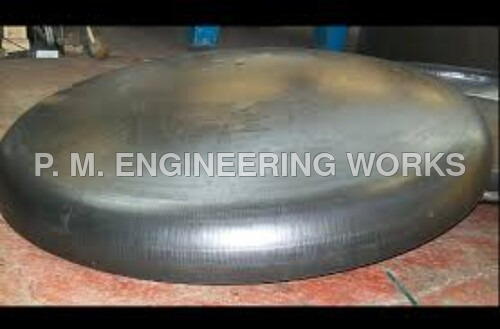
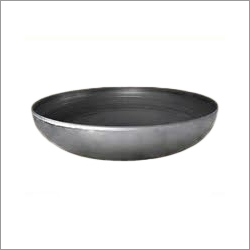
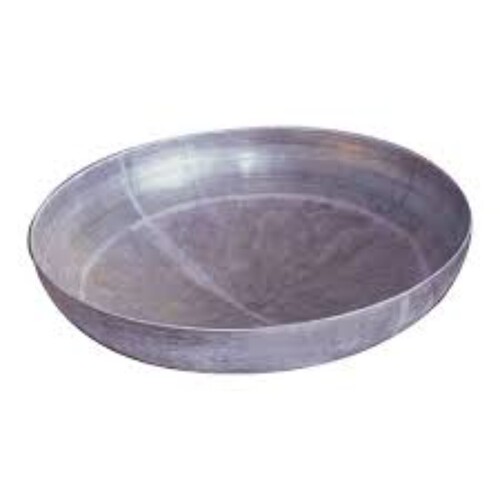
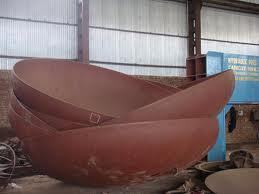

 : 08910477714
: 08910477714

 Send Inquiry
Send Inquiry Send SMS
Send SMS